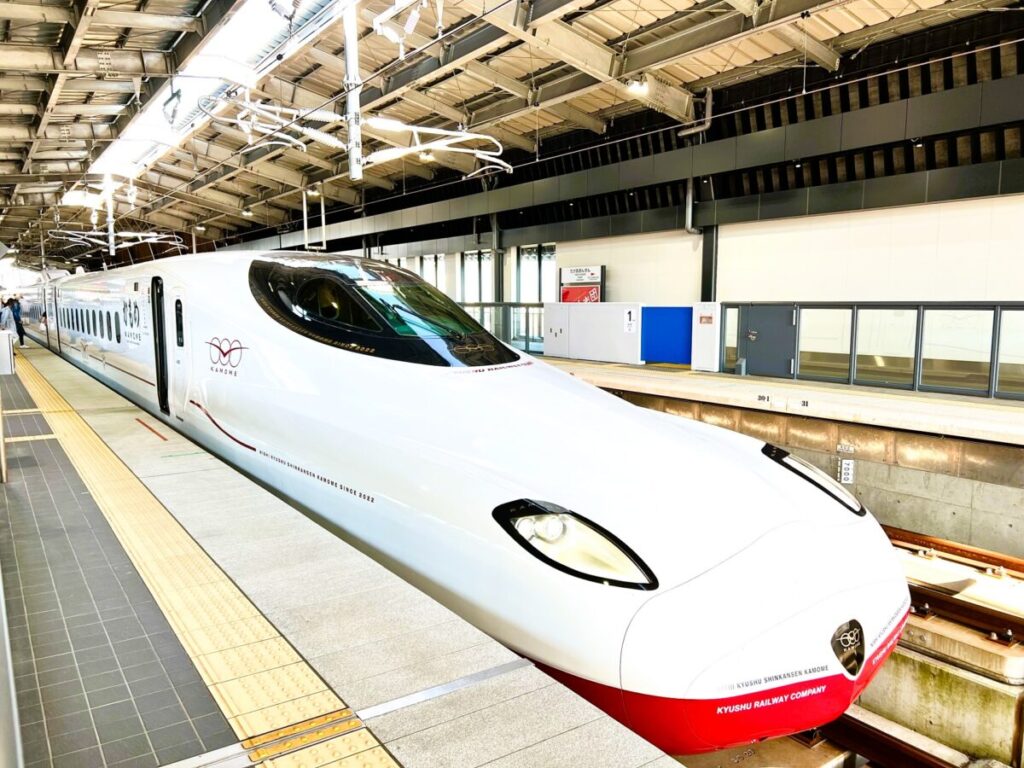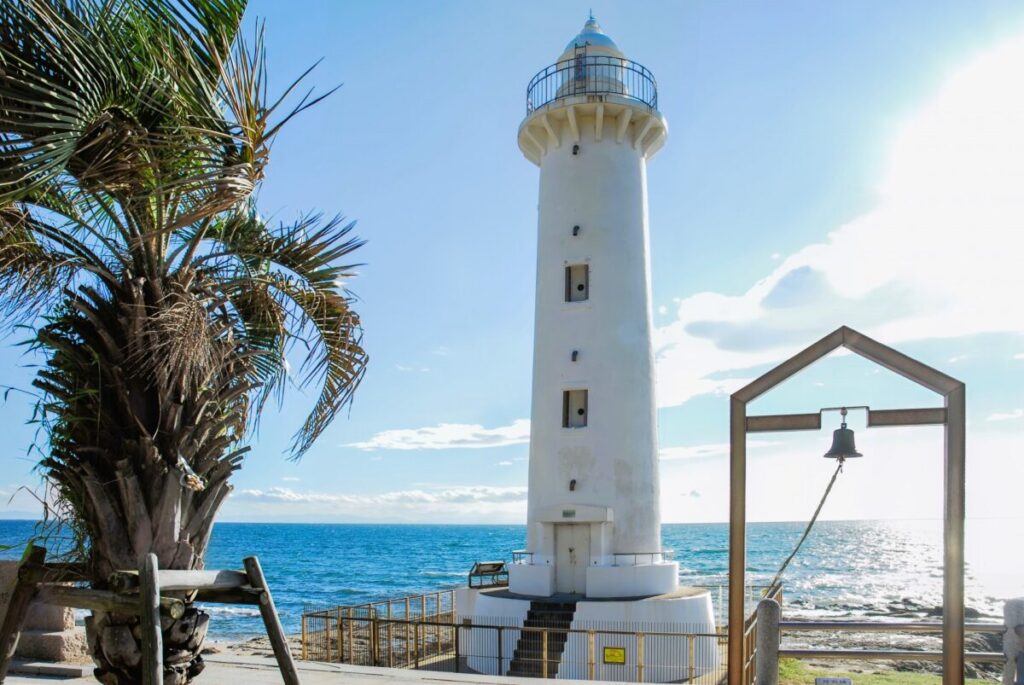Overview
Traveling around Japan has never been easier thanks to the country’s IC cards. These rechargeable smart cards allow you to ride trains, buses, and even pay at shops with just a tap. Whether you’re exploring Tokyo with a Suica, riding Osaka’s subways with an ICOCA, or discovering Kyushu with a SUGOCA, this guide will help you understand how Japan’s IC card system works in 2025 — and how it fits alongside the Japan Rail Pass.
1. What Is an IC Card?
An IC (Integrated Circuit) card is a rechargeable contactless card used for transportation and small payments in Japan. By simply tapping the card on a reader, you can board trains, subways, and buses without buying tickets each time. The same card can also be used to buy drinks from vending machines, shop at convenience stores, and pay at select restaurants or taxis.
IC cards are a perfect complement to the Japan Rail Pass — while the JR Pass covers long-distance JR train travel, IC cards make short city trips faster and more convenient. For example, you can use your JR Pass to travel from Tokyo to Kyoto, and your Suica or ICOCA to get around each city locally.

2. Major IC Cards in Japan (2025 Edition)
Although each region has its own IC card brand, most of them are now interoperable nationwide. That means you can use your Suica card in Osaka or your ICOCA in Tokyo with no problem.
Suica – Tokyo, East Japan (JR East): Works nationwide; mobile Suica available
PASMO – Tokyo, private lines (Tokyo Metro): Interchangeable with Suica
ICOCA – Kansai (JR West): Usable in Osaka, Kyoto, Kobe, and Okayama
TOICA – Nagoya (JR Central): Ideal for Tokaido area; compatible with Suica
SUGOCA – Kyushu (JR Kyushu): Linked with Suica and usable in Fukuoka, Kumamoto, etc.
Kitaca – Hokkaido (JR Hokkaido): Works with Suica and PASMO network
Each of these cards essentially performs the same function. The main difference lies in the region of issuance and design. For travelers, Suica and PASMO are the easiest to get in Tokyo, while ICOCA is best for Kansai-based trips.
3. Where You Can Use IC Cards
IC cards can be used in a wide range of places, not just trains.
Trains & Subways – Tap at ticket gates across Japan for JR, metro, and private lines.
Buses – Accepted on most local and intercity buses nationwide.
Shops – Pay at convenience stores, vending machines, and cafes like Starbucks.
Recharging – Add balance via ticket machines, kiosks, or apps.
In 2025, digital payment options have expanded even more. You can now recharge Suica or PASMO directly through mobile apps like Apple Pay or Google Wallet — no need to visit a machine.
4. How to Get an IC Card
You can purchase an IC card at major train stations, ticket machines, or convenience stores. A small deposit (usually ¥500) is required, and the remaining balance can be used for travel or shopping.
Where to buy:
- JR ticket machines (Suica, ICOCA, etc.)
- Metro station offices (PASMO, TOICA)
- Airports (Narita, Haneda, Kansai, etc.)
Initial Cost Example (2025):
Suica or PASMO: ¥2,000 (includes ¥500 deposit and ¥1,500 balance)
ICOCA: ¥2,000 (same as above)
Tip: If you’re traveling for a short period, consider getting a Welcome Suica — a tourist version with no deposit and a limited validity period.
5. Mobile IC Cards (Suica & PASMO on Your Phone)
In 2025, mobile IC cards have become the standard for many travelers. You can add a virtual Suica or PASMO to your smartphone and use it exactly like the physical card.
How to set up:
- Open Apple Wallet or Google Wallet.
- Add a new Suica or PASMO card.
- Charge it with your credit card or Apple Pay balance.
- Tap your phone at gates or stores — no internet connection required.
Advantages of Mobile IC Cards:
- Recharge anytime, anywhere.
- No risk of losing your card.
- Works seamlessly with the JR East app and other travel apps.
For iPhone users, Apple Pay Suica is particularly recommended because it supports automatic recharging and shows travel history in real-time.

6. Using IC Cards with the Japan Rail Pass
While the Japan Rail Pass (JR Pass) covers unlimited rides on JR trains, you still need to handle local transport separately — and that’s where IC cards come in handy.
Example Travel Combination:
Use the JR Pass for long-distance routes: Tokyo → Kyoto → Osaka.
Use Suica or ICOCA for local city subways, buses, and non-JR trains.
Many travelers combine both: the JR Pass for intercity travel, and an IC card for convenience during short local rides or when visiting non-JR stations.
Pro Tip:
If you plan to use local trains before or after activating your JR Pass, start your trip with a Suica or PASMO, then switch to your JR Pass for the longer routes. This avoids unnecessary ticket purchases.
7. Regional IC Cards Worth Knowing
Although Suica and PASMO dominate Tokyo and the nationwide network, other regions also offer unique designs and benefits:
nimoca – Fukuoka, Nagasaki: Cute ferret design; usable with Suica area.
manaca – Nagoya: JR Central partnership; compatible with TOICA.
Hayakaken – Fukuoka Subway: Local mascot design; works with Suica and PASMO.
PiTaPa – Kansai: Postpaid system, not rechargeable like Suica.
Most regional cards now share the same network, so you don’t need to buy multiple cards unless you’re collecting designs.
8. How to Recharge and Check Balance
Recharging is simple.
You can top up your IC card at:
- Ticket vending machines
- Convenience stores (Lawson, 7-Eleven, FamilyMart)
- Station kiosks
- Inside some trains and buses (selected regions)
Just insert your card, select the recharge amount (¥1,000–¥10,000), and confirm.
For mobile users, it’s even easier — recharge directly through the Suica app or Apple Pay.
You can check your balance:
- At ticket gates (displayed briefly)
- On ticket machines
- Through the Suica or PASMO mobile app

9. Refunds and Expiration
If you no longer need your IC card, you can return it at any issuing company’s office. The deposit (¥500) will be refunded after deducting a small handling fee (usually ¥220).
Example:
If you return your Suica with ¥300 remaining, you’ll get back ¥580 (¥300 balance + ¥500 deposit – ¥220 fee).
Cards generally don’t expire if used within 10 years.
Mobile cards, however, can remain active indefinitely as long as your account is valid.
10. IC Card vs Japan Rail Pass: Which Is Better?
IC Card – Local trains, subways, buses
Japan Rail Pass – JR long-distance trains nationwide
Cost: IC Card is pay-as-you-go; JR Pass offers fixed-cost unlimited rides.
Convenience: IC Card is tap & go; JR Pass must be shown to a gate attendant.
Best for: IC Card suits short city trips; JR Pass is best for intercity or regional travel.
Best Strategy:
Use both. The JR Pass is unbeatable for long-distance routes like Tokyo–Osaka or Kyoto–Hiroshima. The IC card covers everything else — local sightseeing, metro rides, and small payments at convenience stores.
If you haven’t bought your Japan Rail Pass yet, you can easily purchase it online before your trip. Trusted sellers offer digital vouchers that can be exchanged at major stations or airports.
11. Traveler Tips for 2025
- Always keep a few hundred yen balance for buses or vending machines.
- Set up mobile Suica before arriving in Japan to save time.
- Some rural lines and buses may not accept IC cards — check signs at stations.
- JR East occasionally offers special limited-edition Suica cards for tourists.
- If you plan to visit multiple regions, choose Suica or ICOCA for the widest compatibility.
12. Final Thoughts
In 2025, Japan’s IC card network is more seamless and traveler-friendly than ever. Whether you’re staying in Tokyo, exploring Kansai, or traveling across the country with your JR Pass, having an IC card will save you time and hassle.
For visitors, the combination of Japan Rail Pass + IC Card (Suica, PASMO, or ICOCA) offers the ultimate convenience:
Unlimited long-distance JR rides and effortless local transport — all with just a tap.
If you’re planning a trip soon, get your Japan Rail Pass before arriving in Japan to save money and time at the airport. Once you pick up your pass, grab a Suica or PASMO card, and you’ll be ready to explore Japan smoothly from Hokkaido to Kyushu.



